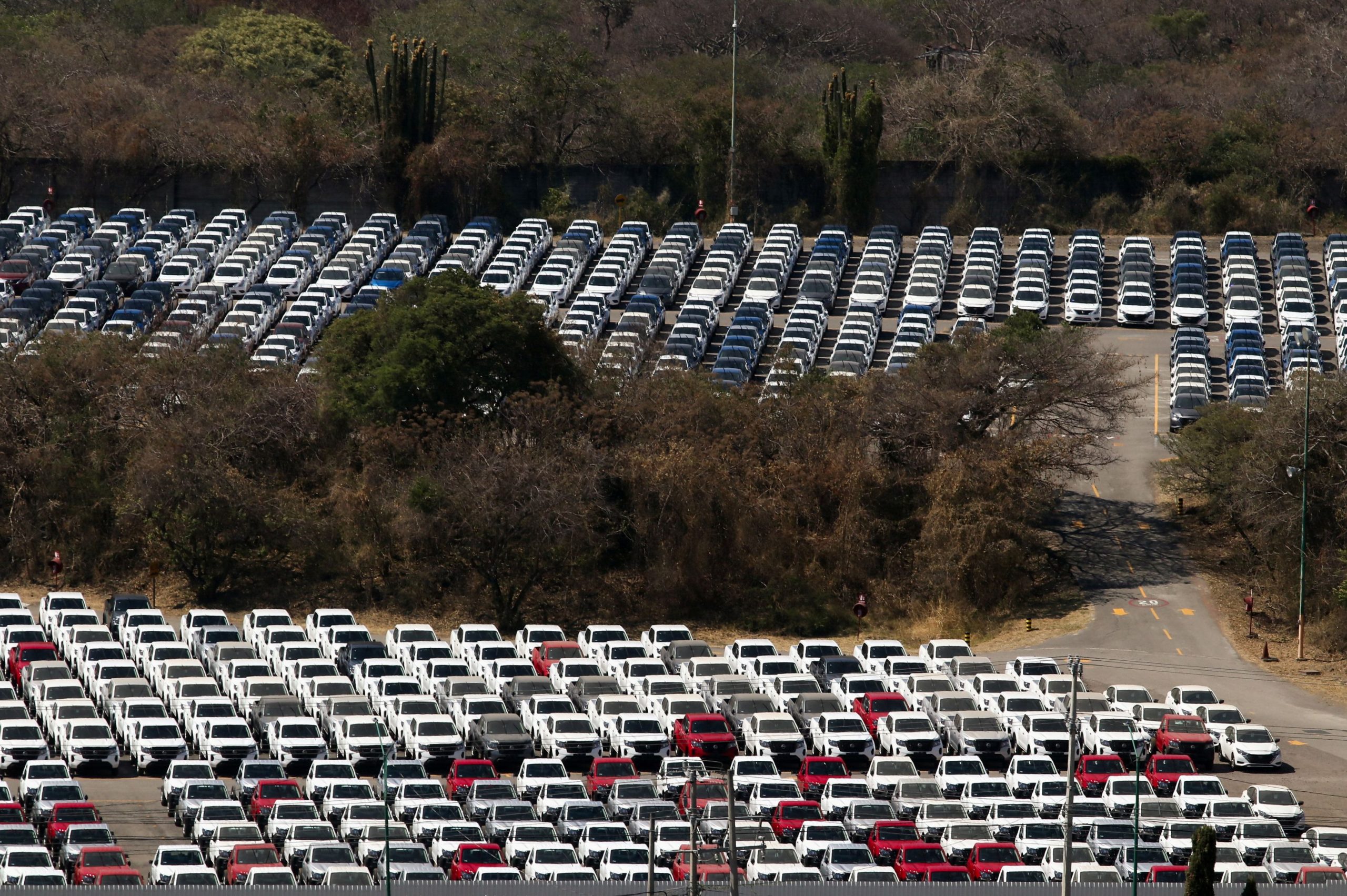
U.S. President Donald Trump is set to impose wide-ranging new tariffs on global trading partners Wednesday, a move that threatens to disrupt international trade, raise consumer costs, and spark retaliatory measures from key allies.
Details of the so-called “Liberation Day” tariffs remain closely guarded, but the White House has confirmed they will take effect immediately following Trump’s announcement at 4 p.m. Eastern Time (2000 GMT) in the Rose Garden. A separate 25% global tariff on auto imports is scheduled to be implemented on April 3.
A Major Shift in U.S. Trade Policy
Trump has framed the tariffs as a way to counter what he views as unfair trade practices, arguing that U.S. tariff rates have long been lower than those imposed by other countries. Reports indicate he is considering a universal 20% tariff or country-specific duties at varying rates.

FILE PHOTO: A worker installs parts at the start of an assembly line at an Ariens factory in Brillion, Wisconsin, U.S., March 5, 2025. REUTERS/Tim Aeppel/File Photo
According to Reuters, former Trump administration officials suggest the number of countries affected could exceed the 15 initially identified by Treasury Secretary Scott Bessent, who had focused on nations with high trade surpluses with the U.S. Bessent reportedly told lawmakers that the tariffs would act as a “cap” on duties, with potential reductions if countries meet U.S. trade demands.
Ryan Majerus, a former Commerce Department official, noted that while a universal tariff would be simpler to implement and generate more revenue, a country-specific approach would better target unfair trade practices. “Either way, the impacts of today’s announcement will be significant across a wide range of industries,” he said.
Stacking Tariffs and Economic Fallout
Since taking office in January, Trump has already imposed 20% tariffs on all Chinese imports over fentanyl-related issues and reinstated 25% duties on steel and aluminum, extending them to $150 billion worth of downstream products.
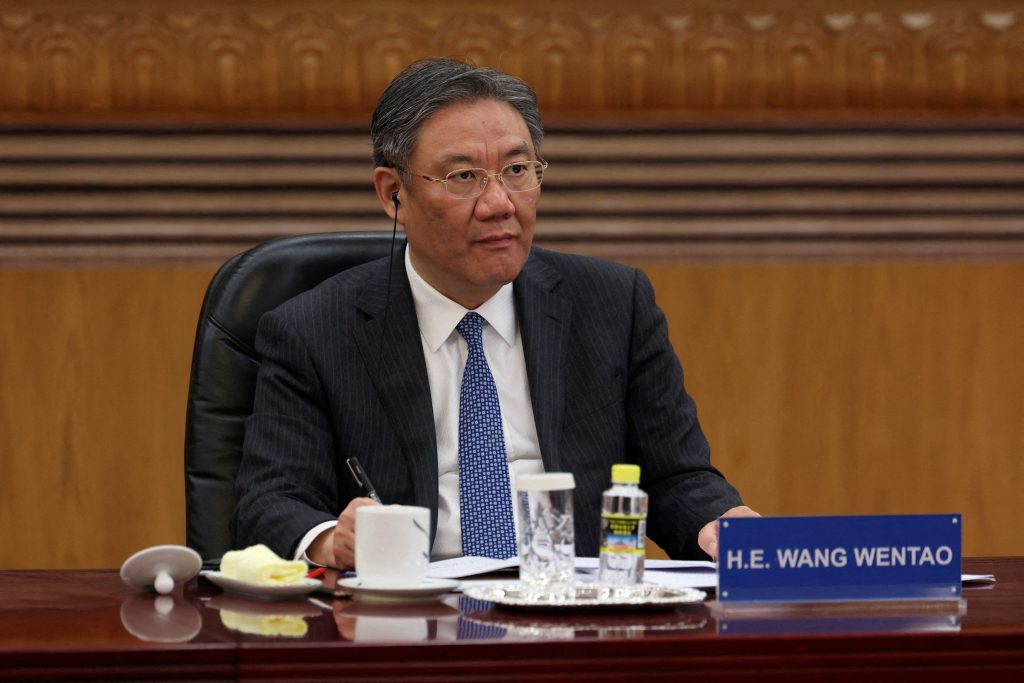
FILE PHOTO: Chinese Commerce Minister Wang Wentao attends a meeting with global business leaders at the Great Hall of the People in Beijing, China, March 28, 2025. REUTERS/Florence Lo/File Photo
The new tariff regime will allow for “stacking,” meaning that tariffs will be cumulative. For example, a Mexican-built car, which previously faced a 2.5% tariff, will now be subject to the fentanyl-related tariffs, the 25% auto tariff, and any new reciprocal tariff Trump imposes—potentially raising the total duty to over 50%.
Investors and business leaders are growing increasingly anxious about the economic impact. The Federal Reserve Bank of Atlanta recently reported that corporate financial officers expect tariffs to drive up prices, slow hiring, and stunt economic growth. Since mid-February, stock market jitters have wiped nearly $5 trillion off U.S. equities.
Global Retaliation Expected
Trump’s trade partners are already preparing countermeasures. Canada, Mexico, and the European Union have signaled their intent to impose retaliatory tariffs and other trade restrictions in response.
Canadian Prime Minister Mark Carney and Mexican President Claudia Sheinbaum discussed strategies to combat U.S. trade actions on Tuesday. “With challenging times ahead, Prime Minister Carney and President Sheinbaum emphasized the importance of safeguarding North American competitiveness while respecting the sovereignty of each nation,” Carney’s office stated.
A growing “Buy Canadian” movement is already making it more difficult for U.S. products to reach Canadian consumers, and similar boycotts could arise in other markets.

FILE PHOTO: A sign that reads ”Buy Canadian Instead” is displayed on top of bottles, hanging above another sign that reads “American Whiskey”, after the top five U.S. liquor brands were removed from sale at a B.C. Liquor Store, as part of a response to U.S. President Donald Trump’s 25% tariffs on Canadian goods, in Vancouver, British Columbia, Canada, February 2, 2025. REUTERS/Chris Helgren/File Photo
The Economic Toll
Trump has long argued that free trade agreements have hurt American workers and manufacturers, contributing to a $1.2 trillion goods trade deficit. However, economists warn that broad tariffs could raise prices for consumers and disrupt supply chains.
A 20% tariff on top of existing duties would cost the average U.S. household at least $3,400 annually, according to an analysis by the Yale University Budget Lab. Critics fear the policy could trigger a global slowdown, with trade-dependent industries such as automotive, technology, and agriculture facing significant losses.
Source: tovima.com
Latest News

Cost of Living: Why Greece’s 3% Inflation Is Raising Alarm
Greece appears to be in a more difficult position when it comes to price hikes, just as we enter the era of Trump’s tariffs.

Fitch Ratings Upgrades the Four Greek Systemic Banks
NBG’s upgrade reflects the bank’s ongoing improvements in its credit profile, Fitch notes in its report, including strong profitability, a reduction in non-performing exposures (NPEs), and lower credit losses

Inflation in Greece at 3.1% in March, Eurostat Reports
Average inflation in the eurozone settled at 2.2%, compared to 2.3% in February

Greece’s Unemployment Rate Drops to 8.6% in February
Despite the overall decline, unemployment remains higher among women and young people.

Jerry Kalogiratos Highlights Key Role of Energy Transition and Data Demand in LNG Outlook
Energy transition and the prospects of LNG were discussed at Capital Link’s 19th Annual International Maritime Forum, during a panel discussion with Jerry Kalogiratos (Capital Clean Energy Carriers Corp.)

Santorini Safe and Ready for a Dynamic Tourism Season
Authenticity, cultural heritage, and genuine experiences at the center of Santorini's new promotional campaign

Electricity Bills: Greece Announces Reduced Tariffs Schedule
Greece will now offer lower electricity rates between 11:00-15:00 and 02:00-04:00

Chevron Confirms Eyeing Natural Gas Exploration South of Crete
Chevron recently declared its intent to explore a third area, south of the Peloponnese.

Evangelos Marinakis: A time of change from which shipping can benefit
Speaking at the 19th Annual Capital Link International Shipping Forum Evangelos Marinakis stressed the challenges that shipping faces today

Retail Trade in Greece Up 2.5% in December 2024: ELSTAT
In January 2025, the General Turnover Index recorded a 2.5% increase compared to January 2024. Compared to December 2024, it recorded a significant decline of 18.4%












![Τουρκία: Μεγάλες βλέψεις για παραγωγή ηλεκτρικών οχημάτων [γράφημα]](https://www.ot.gr/wp-content/uploads/2025/03/ot_turkish_autos-90x90.png)











![ΕΛΣΤΑΤ: Αυξήθηκε η οικοδομική δραστηριότητα κατά 15,6% το Δεκέμβριο [πίνακες]](https://www.ot.gr/wp-content/uploads/2025/03/DSC9655-2-1024x569-1-90x90.jpg)




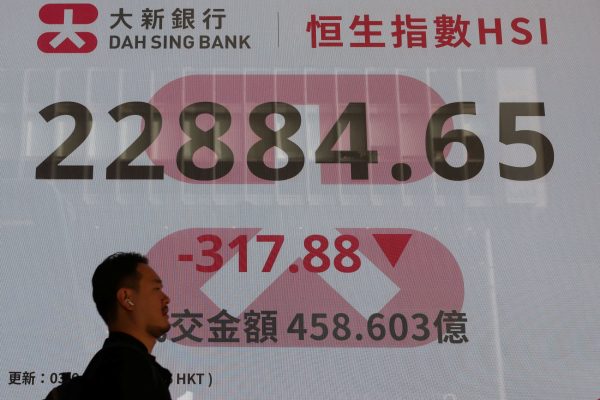





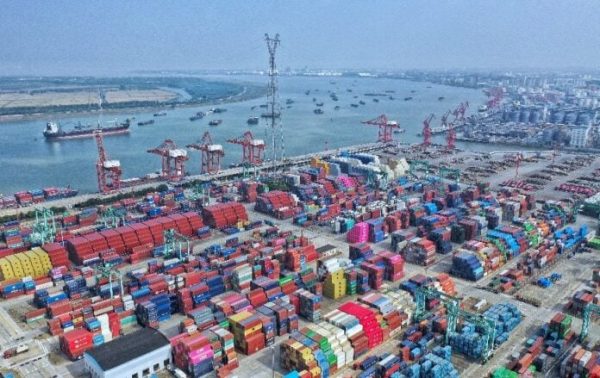




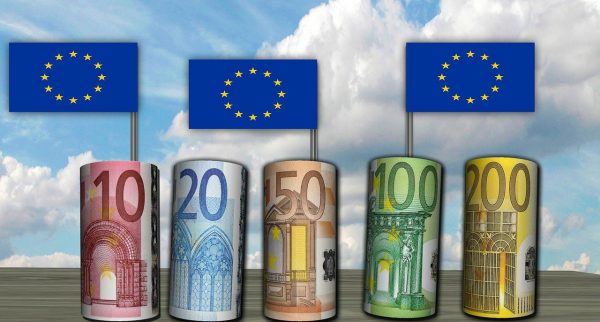

 Αριθμός Πιστοποίησης
Αριθμός Πιστοποίησης